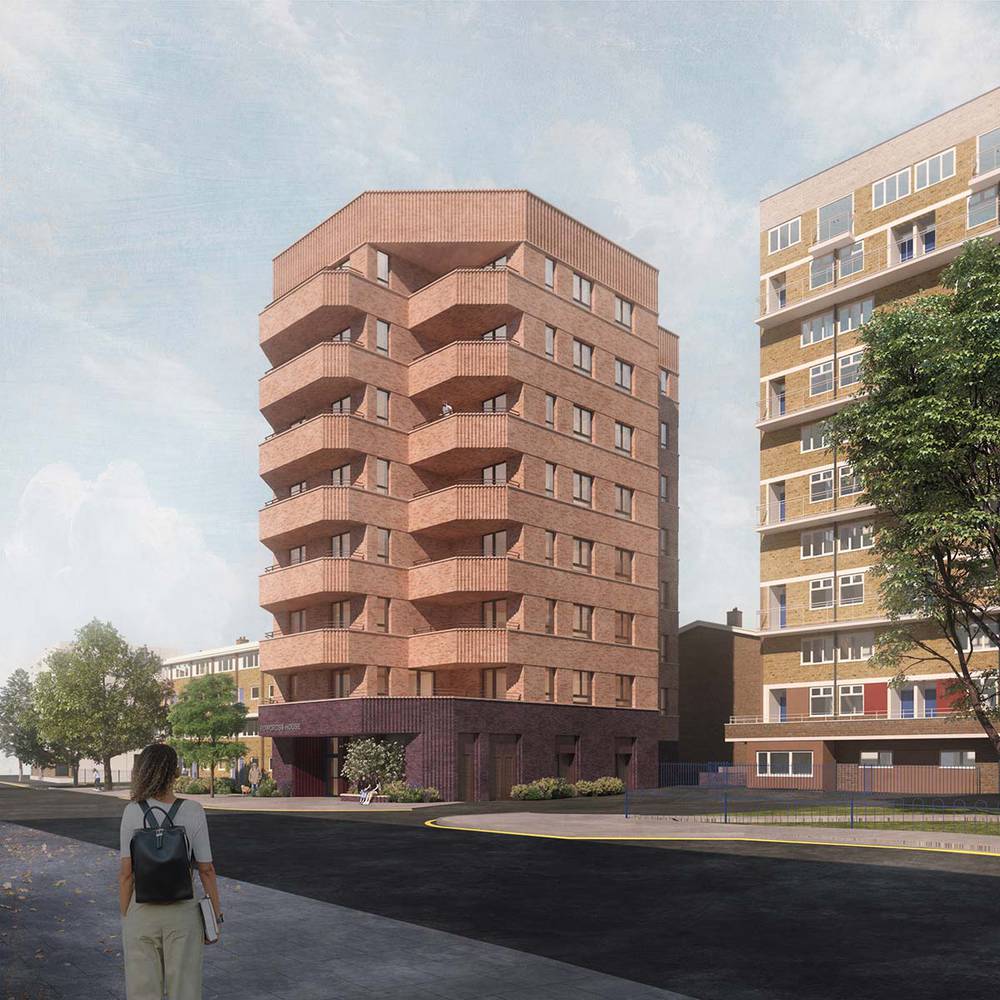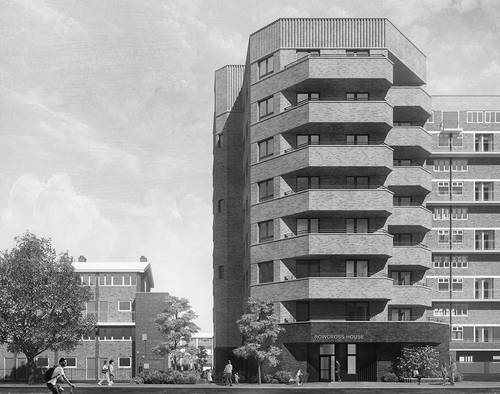What's the real value of housing?
September 2021
By Kyle Buchanan
Local communities rightly expect to participate in and benefit from the regeneration process. But what's their experience of regeneration like, and how can architects and design teams work collaboratively to deliver maximum value in a holistic sense?
Kyle spoke about this last week at the CIH Housing Conference in Manchester, where he was talking about getting best value from Passivhaus by focusing on the resident experience. In addition to reducing carbon emissions, low energy design is can also bring significant benefits to residents, one of the clearest being to help alleviate fuel poverty.
It’s sometimes forgotten that Passivhaus is a comfort standard: its overall aim is to deliver buildings that use very little energy, whilst delivering a high level of occupant comfort. We think that creating significantly better living conditions whilst saving residents money and reducing lifetime carbon, makes for a compelling case for low energy design.
This talk by John Lefever of Hastoe Housing Association goes into more detail on the value of Passivhaus and is worth a watch.
Reducing the energy use of buildings is one of the ways that we can add value as designers. We will be discussing this, and “The Value of Housing” more broadly in conversation with our client Southwark Council, at a webinar for the London Society at 6:30pm on Thursday the 23rd of September.
The discussion will explore themes of social value and community co-creation and bring a range of perspectives on the regeneration process. Do sign up for a ticket here.
We are really excited about the opportunity to showcase the project and hear from the client, a young local resident, and the author of a key housing policy document.
The panellists for the event are:
Member of the Southwark Young Advisors, who collaborated on this project to create change in their community
Helen Reid Associate at Pitman Tozer Architects and one of the authors of Southwark Council's Design Standards
Rachel Askew Project Manager, New Homes Development Team Southwark Council

